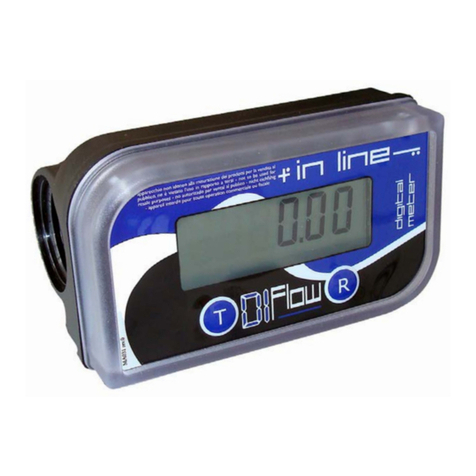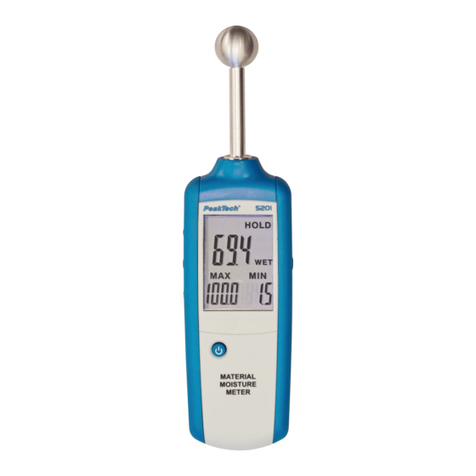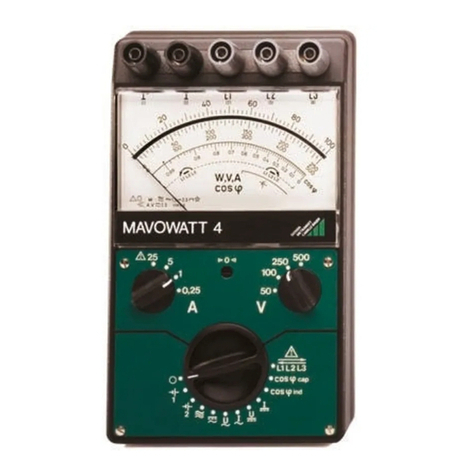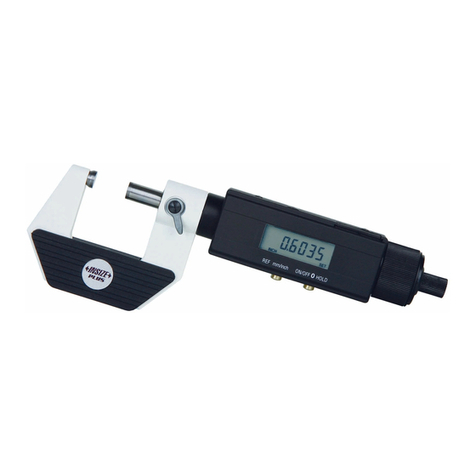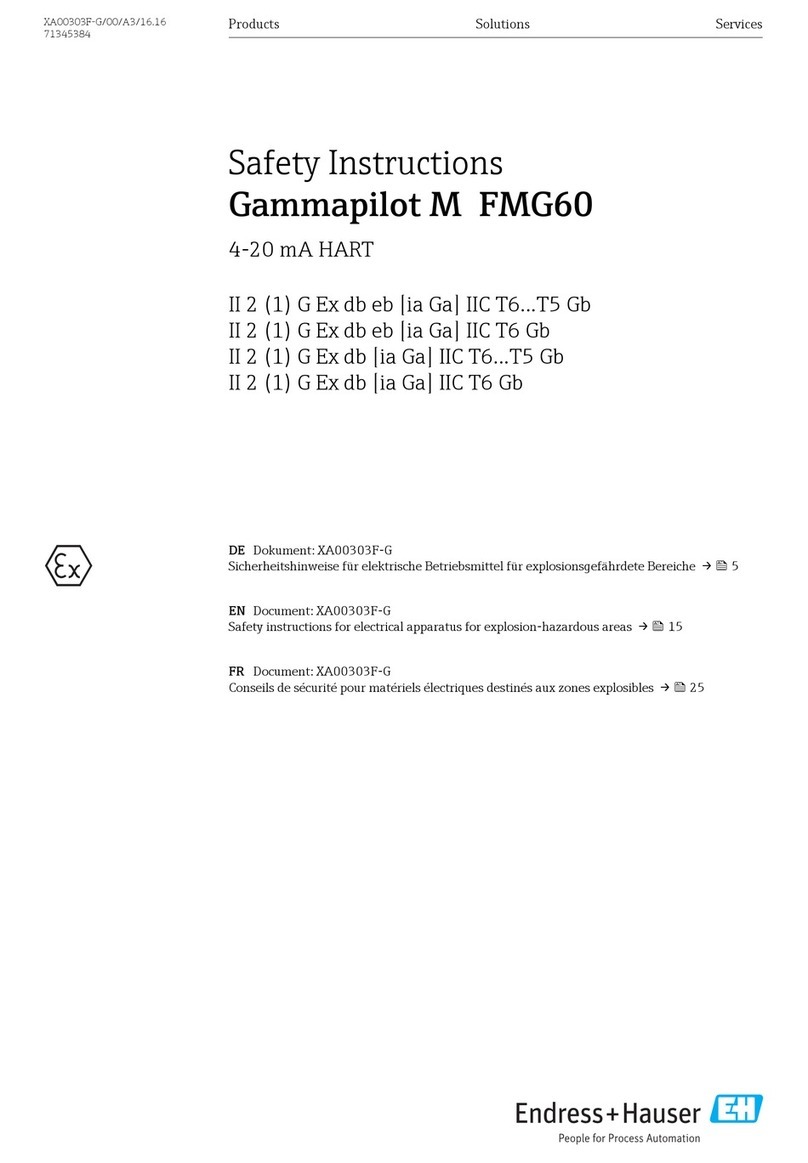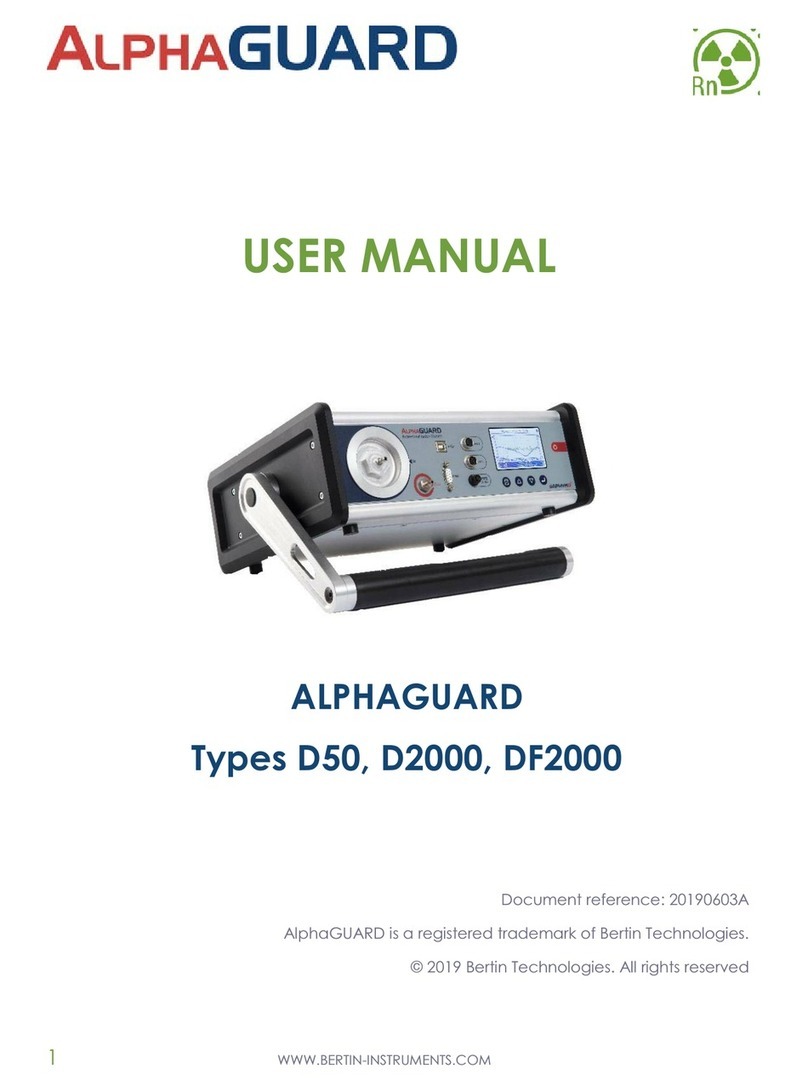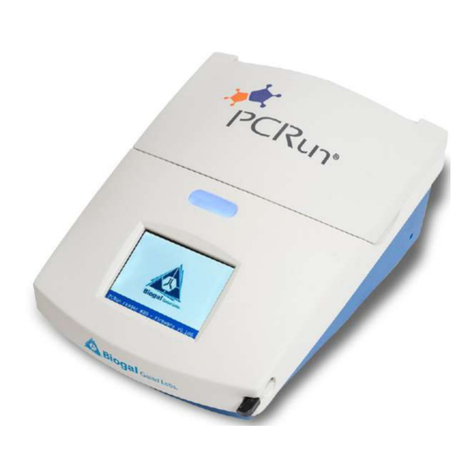Adam Pumps BENZ FLOW Installation and operating instructions

Adam Pumps S.p.A.
Soc. con Socio Unico
via della resistenza 46/48 - 41011 Campogalliano (MO) ITALIA
Tel +39 059 528128 - Fax +39 059 528437
UM047
12/2019 - rev. 2
BENZ FLOW
Installaltion, use and maintenance
(translation of original instructions) EN

EN
TABLE OF CONTENTS
1 CONFORMITY
1.1 DECLARATION OF CONFORMITY (2014/34/UE, All. X)
2 MACHINE DESCRIPTION
2.1 DEFINITION OF CLASSIFIED ZONES
2.2 INTENDED USE
2.3 HANDLING AND TRANSPORT
3 GENERAL WARNINGS
4 FIRST AID RULES
5 GENERAL SAFETY RULES
6 TECHNICAL DATA
7 OPERATING CONDITIONS
7.1 ENVIRONMENTAL CONDITIONS
7.2FLUIDS PERMITTED
8 INSTALLATION
9 CALIBRATION
10 EVERY DAY USE
11 MAINTENANCE
12 DISASSEMBLING REASSEMBLING
13 PROBLEMS, CAUSES AND SOLUTIONS
14 DEMOLITION AND DISPOSAL
15 EXPLODED VIEW
1 CONFORMITY
1.1 DECLARATION OF CONFORMITY //UEALLX
The manufacturer: Adam Pumps S.p.A.
Via Resistenza 46/48
41011 Campogalliano (MO) Italy
Declares under its own and sole responsibility that the machine:
Type: Meter
Model: BenzFlow
Year of manufacture: refer to the year of production shown on the CE plate affixed to the product.
CERTIFIES THAT
comply with all relevant provisions of the following directives:
- //UE
and the following harmonized standards, applied standards and/or technical specifications:
UNIENUNIENUNIEN
Technical File deposited with receipt no. CESIBR
This equipment is classified as follows:
Group II, category GExhIIBTGb
Read the Use and Maintenance manual before using the pump.
Place: Campogalliano (MO)
Date: 28/11/2018 Davide Stassi
Legal Representative
2 MACHINE DESCRIPTION
BenzFlow is mechanical flow meter with nutating disk, designed to allow a precise measure-
ment of Diesel oil or other fluids compatible with the manufacturing material. The nutating
disk of the metering chamber (seediagram 1, drawing “15”), which is setin motion by the fluid
itself, drives thegear train located in the cover of the meter body (drawing “8”) which transmits
the motion to the meter (pos. “6”). The meter is equipped with a non-reseable litre totaliser
and a batch register which can be reset by means of a knob (Pos. “2”) whose unit digit is pro-
vided with marks for the readout ohe tenths of a litre.

EN
WARNING To ensure a proper and safe use of the meter it is necessary to read and follow the instructions
and warnings contained in this manual. An improper installation or use of the meter may cause
damage to objects and people.
2.1 DEFINITION OF CLASSIFIED ZONES
FOREWORD
Definition of zones as shown in directive 99/92/CE
ZONE 0
Place where an explosive atmosphere made up of a mix of air and inflammable substances in the form
of gas, vapour or mist is continuously present, either for long periods or frequently.
Note: Generally speaking, said conditions, when they occur, involve the inside of tanks, pipes and con-
tainers, etc.
ZONE 1
Place where it is probable that an explosive atmosphere, made up of a mix of air and inflammable sub-
stances in the form of gas, vapour or mist, can occur occasionally during normal operation.
Note: Said zone can also include:
- places in the immediate vicinity of zone 0;
- places in the immediate vicinity of supply openings;
- places in the immediate vicinity of filling and and emptying openings;
-
places in the immediate vicinity of appliances, protection systems and fragile glass and ceramic components,
or components made of other similar materials;
- places in the immediate vicinity of inadequately sealed stuffing boxes, e.g., on pumps and valves with
stuffing box.
ZONE 2
Place where it is improbable that an explosive atmosphere, made up of a mix of air and inflammable
substances in the form of gas, vapour or mist, can occur during normal operation, but which, if it does
occurs, only persists for a short time.
Note: Said zone can include, among others, places surrounding the zones 0 or 1.
ZONE 20
Place where an explosive atmosphere in the form of a cloud of combustible powders in the air is con-
tinuously present, either for long periods or frequently.
Note: Generally speaking, said conditions, when they occur, involve the inside of tanks, pipes and con-
tainers, etc.
ZONE 21
Place where it is probable that an explosive atmosphere, in the form of a cloud of combustible powders in the air,
can occur occasionally during normal operation.
Note: Said zone can include, for example, among others, places in the immediate vicinity of powder load-
ing and emptying points and places where powder layers form or which, during normal operation, could
produce an explosive concentration of combustible powders mixed with the air.
ZONE 22
Place where it is improbable that an explosive atmosphere, in the form of a cloud of combustible pow-
ders in the air, occur during normal operation but which, if it does occur, only persists for a short time.
Note: This zone can comprise, among others, places near appliances, protections systems and com-
ponents containing powder, out of which the powder can come out due to leaks with the formation of
powder deposits (e.g., milling salt, where the powder comes out of the mills and deposits).
ZONE 1 ZONE 0
ZONE
20
ZONE 2
ZONE 21
2.2 INTENDED USE
WARNING
INTENDED
USE
APPLIANCE FOR THE MEASUREMENT OF FUEL SUITABLE FOR OPERATING IN ZONES
CLASSIFIED“1”AND “2”, ACCORDING TO DIRECTIVE 99/92/CE
THE DETERMINATION OF THE AREAS (ZONES) IS TO BE CARRIED OUT BY THE USER
FORBIDDEN
USE
Using the appliance for fluids other than those listed at paragraph “7.2 – Fluids permied” and
for uses other than those described at the item “authorised use” is forbidden.
PLANT OPERATION RESTRICTIONS IT IS FORBIDDEN:

EN
1
To use the appliance in a construction configuration other than that contemplated by the
manufacturer
2
To use the appliance with fixed guards tampered with or removed.
3
To use the appliance in places where there is risk of explosion and/or fires classified in the
following zones: 0; 20; 21; 22
4
To integrate other systems and/or equipment not considered by the manufacturer in the ex-
ecutive project.
5
To connect the appliance up to energy sources other than those contemplated by the man-
ufacturer
6
To use the commercial devices for purposes other than those indicated by the manufacturer.
7
Use in presence of lightnings
2.3 HANDLING AND TRANSPORT
Due to the limited weight and dimensions of the METERS, special liing equipment is not required to handle them. THE
APPLIANCES ARE CAREFULLY PACKED before dispatch. Check the packing when receiving the material and store
in a dry place.
3 GENERAL WARNINGS
Important
precautions
To ensure operator safety and to protect instrument from potential damage, workers must be
fully acquainted with this instruction manual before performing any operation.
Symbols used
in the manual
The following symbols will be used throughout the manual to highlight safety information and
precautions of particular importance:
WARNING: Important note for guaranteed safety in classified zones
WARNING
WARNING indicates a hazardous situation which, if not avoided, could result in death or serious
injury
NOTICE
NOTICE is used to address pratices not related to personal injury
Manual preser-
vation
This manual should be complete and legible throughout. It should remain available to end
users and specialist installation and maintenance technicians for consultation at any time.
Reproduction
rights
All reproduction rights are reserved by Adam Pumps S.p.A. The text cannot be reprinted
without the wrien permission of Adam Pumps S.p.A. © Adam Pumps S.p.A.
THIS MANUAL IS THE PROPERTY OF Adam Pumps S.p.A. ANY REPRODUCTION, EVEN
PARTIAL, IS FORBIDDEN.
This manual belongs to Adam Pumps S.p.A., which is the sole proprietor of all rights indicated by
applicable laws, including, by way of example, laws on copyrights. All the rights deriving from such
laws are reserved to Adam Pumps S.p.A.: the reproduction, including partial, of this manual, its publi-
cation, change, transcription and notification to the public, transmission, including using remote com-
munication media, placing at disposal of the public, distri¬bution, marketing in any form, translation
and/or processing, loan and any other activity reserved by the law to Adam Pumps S.p.A..
NOTE THIS MANUAL IS VALID ONLY FOR BENzFlow METER
WARNING BEFORE PROCEEDING WITH THE REFUELLING OF THE AIRCRAFT, ENSURE THAT THE SYS-
TEM INTENDED FOR SUCH ACTION COMPLIES WITH THE REGULATIONS IN FORCE IN THE
COUNTRY OF USE
WARNING USE THE METER ONLY WITH FLUIDS PERMITTED. DO NOT USE WITH FLUIDS NOT PER-
MITTED TO AVOID DAMAGING THE INSTRUMENT. THE GUARANTEE LAPSES IN CASE OF
MISUSE OF THE FLUID.
DO NOT USE THE METER WITH LIQUID FOOD PRODUCTS AND/OR WATER-BASED FLUIDS.
Before connection, make sure that the piping and the suction tank are free of dirt and solid res-
idue that could damage the METER and its accessories. NEVER COLLECT THE FLUID FROM
THE BOTTOM OF THE TANK SINCE IT MAY CONTAIN IMPURITIES
BEFORE USING THE PUMP SWITCH OFF ALL THE ELECTRONIC DEVICES ( I.E. MOBILE
PHONES, BEEPERS ETC.)

EN
4 FIRST AID RULES
Contact with
the product
In the event of problems developing following EYE/SKIN CONTACT, INHALATION or IN-
GESTION of the treated product, please refer to the SAFETY DATA SHEET of the fluid
handled.
NOTE Please refer to the safety data sheet for the product
SMOKING
PROHIBITED
DO NOT SMOKE NEAR THE METER AND DO NOT USE THE INSTRUMENT NEAR FLAMES.
5 GENERAL SAFETY RULES
WARNING
USER'S
RESPONSIBIL-
ITY
IT IS ESSENTIAL TO GET TO KNOW AND UNDERSTAND THE INFORMATION CONTAINED IN
THIS MANUAL.
IT IS ESSENTIAL TO GET TO KNOW AND OBSERVE THE SAFETY SPECIFICATIONS FOR
FLAMMABLE LIQUIDS.
BEFORE USING THE METER IT’S IMPORTANT TO TRAIN OPERATORS, INSTALLERS AND MAINTE-
NANCE STAFF TO LET THEM WORK IN A PARTICULAR AREA NO. 1 AS MENTIONED BY DIRECTIVE
2014/34/UE
Essential
protective
equipment
characteristics
IN CASE OF CONTACT WITH THE PRODUCT AND FOR GOOD STANDARD OF BE-
HAVIOUR, wear protective equipment which is:
• suited to the operations that need to be performed;
• resistant to products used
TO DO SO, PLEASE REFER TO THE RELEVANT TECHCNICAL DATASHEETS OF THE
FLUID USED.
Personal
protective
equipment that
must be worn
safety shoes close-fiing clothing
protection gloves safety goggles
Necessary
safety
devices
instructions manual
Protective
gloves
Prolonged contact with the treated product may cause skin irritation; always wear protective
gloves during dispensing.
NOTE TO PREVENT ELECTRIC SHOCK AND DETONATION OF SPARKS, ALL PUMPING SYSTEM
MUST HAVE PROPER GROUNDING, INCLUDING TANK AND ANY ACCESSORIES.
WARNING FAILURE TO OBSERVE THE ABOVE MENTIONED RULES CAN CAUSE SERIOUS ACCIDENTS
6 TECHNICAL DATA
Technical data Mod. BenzFlow
Meter Mechanism Nutating disk
Flow rate (range) 20 ÷ 120 litres/min
Operating pressure (max) 3,5 bar
Burst pressure (min) 28 bar
Storage temperature (range) -20 +80 °C
Storage humidity (max) 95 % RU
Operating temperature (range) -10 +60 °C
Pressuer loss with diesel
oil
Flow rate (l/min) 30 60 90
Pressuer loss (bar) 0.005 0.2 0.4
Accuracy aer calibration +/- 1%
Repeatability (typical) +/- 0.3%
Batch total readout 3 digits height 18 mm
Totaliser readout 6 digits height 6mm
Readout resolution 0.1 litri

EN
Connections (inlet/outlet) 1” BSP
Weight (approximate) 1.8 Kg 1.9 Kg
Package dimensions 185x185x170 mm
Optional features Registration in US gallons female threaded inlet/outlet 1”NPT
7 OPERATING CONDITIONS
7.1 ENVIRONMENTAL CONDITIONS
AMBIENT
TEMPERATURE
min. +14 °F / max +140 °F
min. -10 °C / max +60°C
FLUID
TEMPERATURE
min. +14 °F / max +140 °F
min. -10 °C / max +60°C
RELATIVE
HUMIDITY
max. 90%
WARNING The temperature limits shown apply to the METER components and must be respected to
avoid possible damage or malfunction.
7.2 FLUIDS PERMITTED
WARNING THE PUMP CAN BE USED ONLY WITH THE FOLLOWING FLUIDS:
- DIESEL - KEROSENE - AVGAS 100/100LL - JET A / A1
- PETROL - PETROL ALCOHOL MIXED MAX 20% (E20) - ASPEN2/4
8 INSTALLATION
FOREWORD
The meters BenzFlow can be installedin any position, on rigid pipelines or flexible hoses,
directly on pumps ortanks. The meter flow direction is fixed and indicated by an arrow. The
meteris supplied in the standard configuration (A). The meter and the cover (see diagram1,
pos. “3”) can be rotated by 90° to 90° in respect to the body in order to carry out the differ-
ent configurations shown (B, C, D). The reset knob can be installed either on the right side or
on the le side of the meter. In order to modify the standard configuration follow the instruc-
tions given in section “Disassembling / Re-assembling”. The meter body is equipped with 4
blind holes (see diagram 2) which can be threaded (M5) for a possible fastening.If solid parti-
cles enter the measuring chamber the correct working of the nutating disk may be affected.
Always filter the fluid by installing a filter on the meter inlet (recommended filter 400 µ).
A
BC
D
WARNING BEFORE ANY OPERATION, ENSURE TO BE OUT OF POTENTIALLY EXPLOSIVE AREAS
The meter must never be operated before the delivery and suction lines have been connect-
ed.
PRELIMINARY
CHECK
- Verify that all components are present. Request any missing parts from the manufacturer.
- Check that the meter has not suffered any damage during transport or storage.
WARNING IF VALVES IN THE CIRCUIT ARE TO BE INSTALLED, MAKE SURE THEY ARE EQUIPPED
WITH OVERPRESSURE SYSTEM.
CLEAN THE TANK AND MAKE SURE IT IS WELL-VENTILATED (RECOMMENDED OPENING
PRESSURE: 3 psi)
APPLY THE QUICK COUPLING TO THE TANK CORRECTLY AND SAFELY

EN
9 CALIBRATION
FOREWORD
BenzFlow are pre-calibrated in factory to be used with Diesel oil. As specific operating con-
ditions (suchas real flow rate, nature andtemperature of the measured fluid) may affect the
meter accuracy, a re-calibration should be carried out aerthe installation has been com-
pleted. A new calibration is necessary eachtime the meter is disassembled formaintenance
operations or when it isused to measure fluids that differ fromDiesel oil.
CALIBRATION
PROCEDURE
1
Unscrew the plug (see diagram 1,pos. “14”).
2
Purge the system (pump, pipelines, meter) of air by dispensing until the flow stream is full
and steady.
3
Stop the flow by shuing off the nozzle, but let the pump running
4
Reset the batch register by means of the reset knob (pos. “2”).
5
Dispense at the flow rate which thebest accuracy is required at, by using a calibration con-
tainer having a capacity not lower than 20 litres. Do not reducethe flow in order to reach the
graduated zone of the calibration container. Theright method is to start and stop the fullflow
repeatedly until the required fillingis obtained.
6
Compare the indication of the calibration container (real value) withthe one of the meter
(indicated value).
- If the indicated value is higher than the real value, loosen the screw (pos. “12”);
- If the indicated value is lower than the real value, tighten the screw (pos. “12”).
7
Repeat the operations 4 to 6 until accuracy is satisfactory
8
Tighten the plug (pos. “14”) again. The O ring which the calibration screwis provided with, has
the function to avoid accidental loosening of the adjustment screw but does not haveany
sealing functions. Therefore it is always necessary toproperly fix the plug with the sealing-
gasket (pos. “12”)..
10 EVERY DAY USE
WARNING
THE WORKING OPERATIONS MUST ALWAYS BE GUARDED BY THE OPERATOR.
Should any sealants be used on the suction and delivery circuit of the pump, make sure
that these products are not released inside the meter.
Foreign bodies in the suction and delivery circuit of the pump could cause malfunctioning
and breakage of themeter components.
While dispensing, do not inhale the pumped product
IF ANY TREATED FLUID LEAKS OUT DURING DISPENSING, TAKE ALL STEPS NECES-
SARY TO ENSURE THE LEAKED FLUID IS CLEANED UP AND SAFE AS SPECIFIED ON
THE PRODUCT TECHNICAL SHEET.
USE
Aer installation and calibration BenzFlow is ready to work. Turn the reset knob (see dia-
gram 1,pos. “12”) (clockwise if it is mounted on the le of the meter and anticlockwiseif it is
mounted on the right) until the batch register is completely reset. The totaliser cannot be
reset in any way. Make sure that during use pressure does not exceed the value indicated
insection “Technical data”.
USE BY
GRAVITY
BenzFlow can also be used in fuel units which are not equipped with pump sand where the
flow is generated by the difference in fuel level between the tank and the nozzle outlet. As a
reference, a system composed ofa tank off the ground, with the meter installed right at the
boom of the tank,a 3-m long 1’’ flexible pipe and a manual nozzle, guarantees aflow rate
of approximately 30 litres/minute if the difference in level is higherthan 1.5 metres. Longer
pipes or nozzles producing higher pressure losses reduce the flowin respect to the existing
difference inlevel. Use by gravity is not recommended with differences in level lower than
1metre, as the consequent reduced flowrate causes the meter to work outside its guaran-
teed accuracy range. On field calibration is always advisable in case of gravity installations.
11 MAINTENANCE
FOREWORD
No ordinary maintenance is required provided that the meter BenzFlow is properly installed and
used. An incorrect filtering on the meter inlet may block or wear out the measuring chamber, thus af-
fecting the meter accuracy. Should this problem occur (see section”Problem, Causes and Solutions”)
disassemble the measuring chamber, as shown in section“Disassembling/Reassembling”.

EN
Necessary cleaning can be carried out by means of a so brush or small tool (i.e. a screwdriver). During
cleaning be careful not to damage the chamber or the disk. Carefully check the meter and replace
the parts which have suffered any possible damage. Only use the original spare part kits shown in
diagram 1 “Exploded view and spare part list”. A new calibration is always necessary aer cleaning or
replacing the meter parts.
WARNING TO MAINTAIN THE SAFETY OF THE APPLIANCE, IT IS MANDATORY TO REPLACE THE
DAMAGED PARTS.
FOR SAFETY PURPOSES, YOU MUST USE ONLY GENUINE SPARE PARTS.
Safety in-
structions
During maintenance, the use of personal protective equipment (PPE) is compulsory.
In any case always bear in mind the following basic recommendations for a good functioning of the
METER
WARNING BEFORE ANY OPERATION, ENSURE TO BE OUT OF POTENTIALLY EXPLOSIVE AREAS
Authorised
maintenance
personnel
All maintenance must be performed by qualified personnel. Tampering can lead to performance deg-
radation, danger to persons and/or property and may result in the warranty and UL/ATEX CERTIFI-
CATION being voided.
Measures to be
taken
Check that the labels and plates found on the dispensing system do not deteriorate or become de-
tached over time.
ONCE A WEEK:
- Check that the pipe connections are not loose to prevent any leaks;
12 DISASSEMBLING REASSEMBLING
FOREWORD
BenzFlow METER can be easily disassembled into its main parts without removing thebody from
the pipes.
METER UNIT
To disassemble the meter unit operate as follows:
A
Remove the reset knob by firmly pulling it axially
B
Loosen the 4 retaining screws (see diagram 1, pos. “7”)
C
Loosen the 2 screws (pos. “5”).
To reassemble the unit reverse the procedure described above.
RESET KNOB
To modify the reset knob position:
A
Perform only the operations a) and b) described above.
B
Take out the plug (see diagram 1,pos. “4”) by pushing it from the inside towards the outside of the
cover
C
Fix again the plug on the opposite hole by placing it inside the cover and pushing it outwards.
D
Fix again the meter cover and resetknob
MEASURING
CHAMBER
To enter the measuring chamber operate as follows:
A
Disassemble the meter unit.
B
Loosen the eight screws (see diagram 1, pos. “7”).
C
Remove the body cover (pos. “8”) together with the gear unit. During this operation be careful not
to damage the gasket (pos. “10”).
D
Remove the whole measuring chamber (pos. “11”) by liing it from themeter body and at the same
time pulling it back towards the inlet in order toremove the O ring (pos. “16”) from its seat at the
outlet.
To check the inside of the measuring chamber (pos. “15”), remove the O ring and divide the two half chambers containing
the nutating disk. Measuring chamberTo enter the measuring chamber operate as follows:
A
Check that the nutating-disk rotates freely in the ASSEMBLED measuring chamber;;
B
Install the gasket seals correctly aer having checked and lubricated them;
C
During the assembly of the lid on the body prevent the needle of the nutating-disk from jamming on
the gear that should be free to be able to be correctly drawn from the disk needle;
D
Properly tighten the screws (position. “7”)
GEAR UNIT
To reach the gear unit components:
A
Remove the cover
B
Loosen the screws
C
Remove the plate. Now all gears canbe reached for inspection. Should the gasket be replaced, re-
move the bevel gear from the sha by pulling axially,then remove the gear together with thesha.
The gasket replacement always requires the replacement of the bush provided with the spare part
kit. Toreassemble reverse the above described procedure paying particular aention to:
• Lubricate the O ring before installation.
• Check that the gear unit can rotate freely before fixing the cover

EN
13 PROBLEMS, CAUSES AND SOLUTIONS
For any problems contact the authorised dealer nearest to you.
Problem Possible cause Corrective action
Leak from thesha
gasket
•Damaged gasket Remove (see section “Gear unit”) andreplace the O ring and the bush
Insufficient accuracy
•Wrong calibration Repeat calibration following the instructions in section “Measuring
chamber”
•Soiled or blocked
measuring chamber.
Clean the measuring chamber following the instructions in section
“Meter unit”
• Air in the fluid Locate and eliminate leaks in inlet lines
Reduced flowrate
• Clogged or blocked
measuring chamber
Clean the measuring chamber following the instructions in section
“Measuringchamber”
• Blocked or soiled filter Clean the filter
14 DEMOLITION AND DISPOSAL
Foreword
If the system needs to be disposed, the parts which make it up must be delivered to companies that
specialize in the recycling and disposal of industrial waste and, in particular:
Disposing of
packing mate-
rials
The packaging consists of biodegradable cardboard which can be delivered to companies for normal
recycling of cellulose.
Metal Parts
Disposal
Metal parts, whether paint-finished or in stainless steel, can be consigned to scrap metal collectors.
Disposal of elec-
tric and electron-
ic components
These must be disposed of by companies that specialize in the disposal of electronic components, in
accordance with the indications of directive 2012/19/UE (see text of directive below).
Informa-
tion
regard-
ing the
environment for
clients residing
within the
European Union
European Directive 2012/19/UE requires that all equipment marked with this symbol on the prod-
uct and/or packaging not be disposed of together with non-differentiated urban waste. The symbol
indicates that this product must not be disposed of together with normal household waste. It is the
responsibility of the owner to dispose of these products as well as other electric or electronic equip-
ment by means of the specific refuse collection structures indicated by the government or the local
governing authorities.
Disposing of RAEE equipment as household wastes is strictly forbidden. Such wastes must be dis-
posed of separately.
Any hazardous substances in the electrical and electronic appliances and/or the misuse of such appli-
ances can have potentially serious consequences for the environment and human health.
In case of the unlawful disposal of said wastes, fines will be applicable as defined by the laws in force.
Miscellaneous
parts disposal
Other components, such as pipes, rubber gaskets, plastic parts and wires, must be disposed of by
companies specialising in the disposal of industrial waste.

EN
15 VISTEESPLOSE
EXPLODED VIEWS

Table of contents
Other Adam Pumps Measuring Instrument manuals
Popular Measuring Instrument manuals by other brands
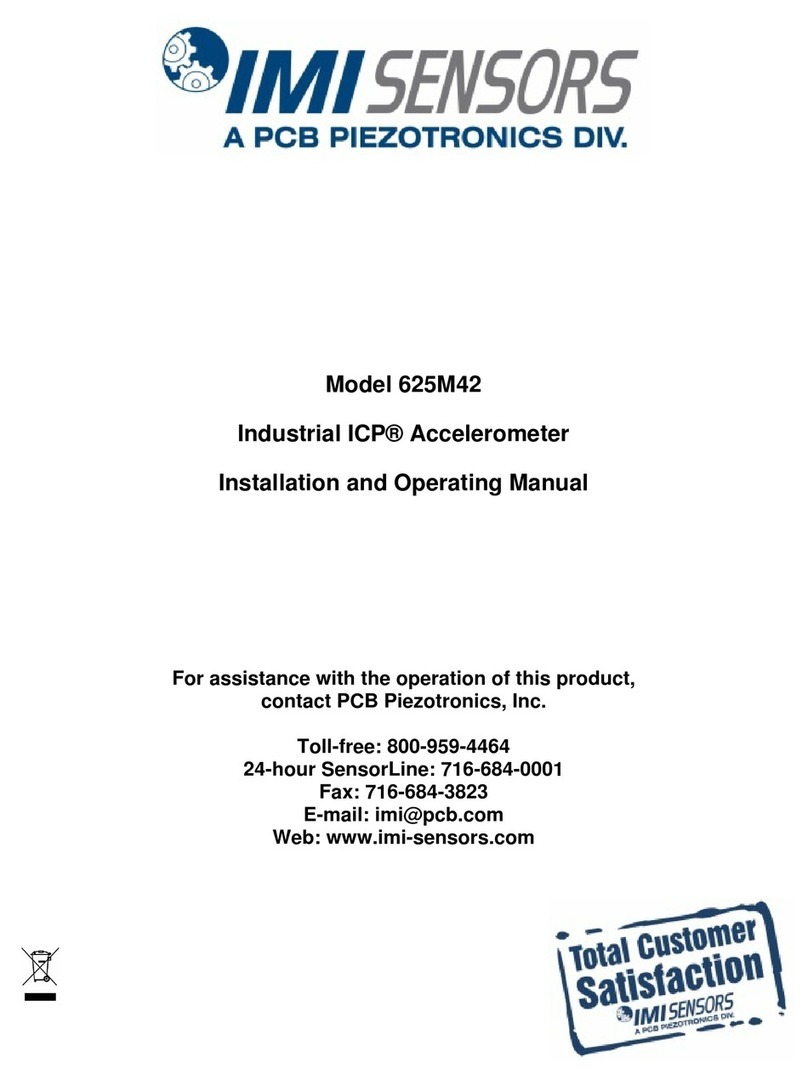
PCB Piezotronics
PCB Piezotronics IMI SENSORS 625M42 Installation and operating manual
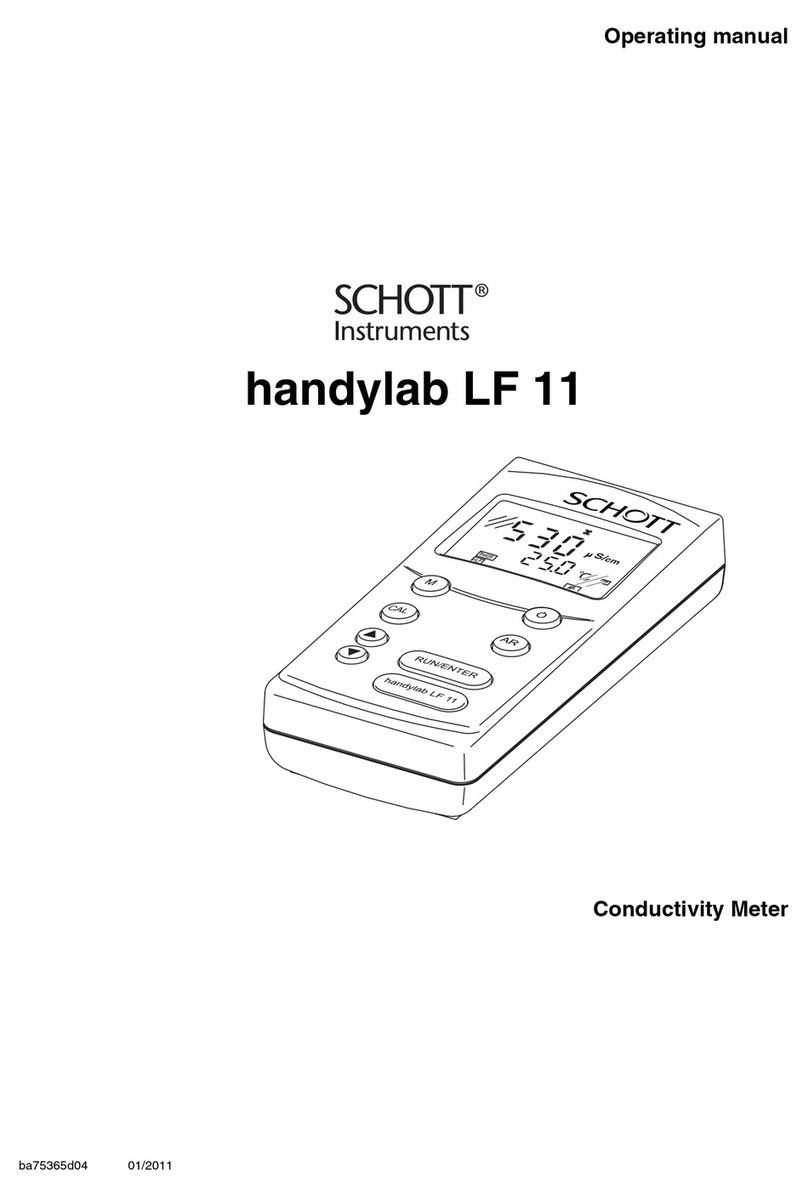
SCHOTT Instruments
SCHOTT Instruments handylab LF 11 operating manual
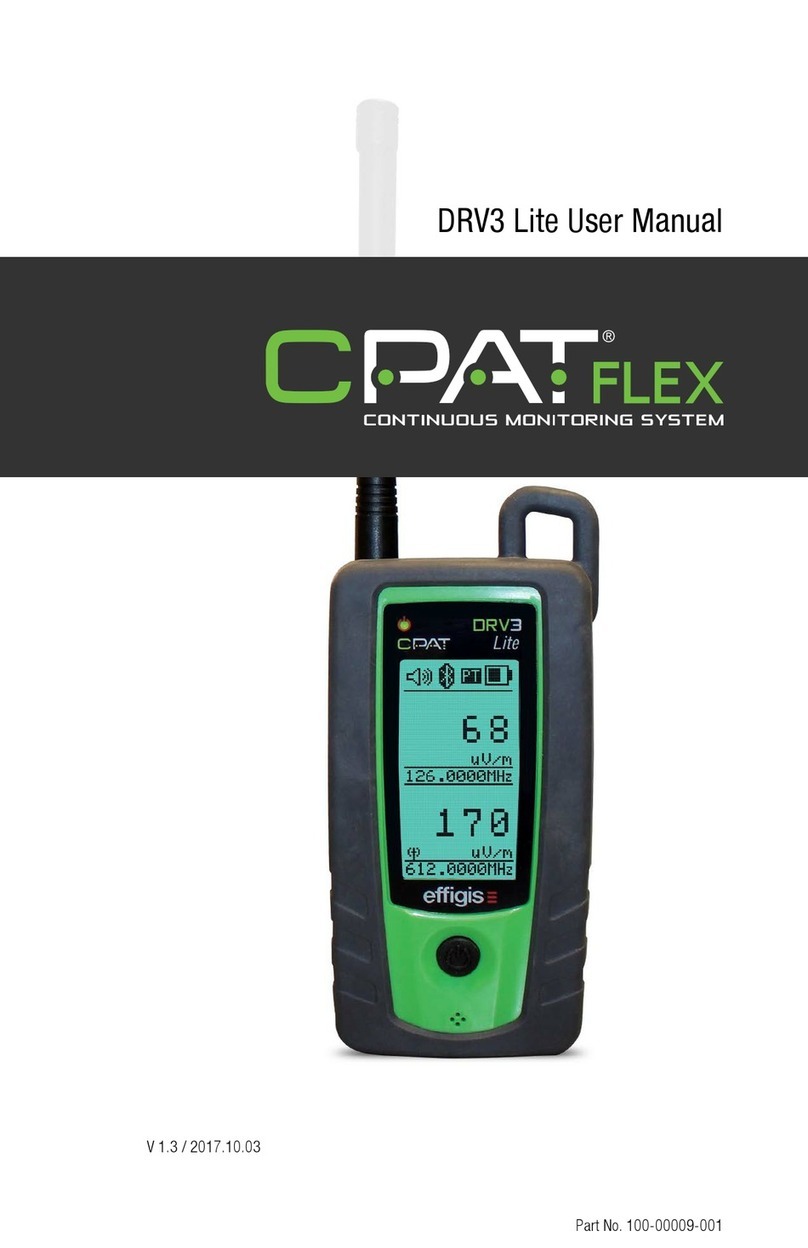
CPAT
CPAT DRV3 Lite user manual
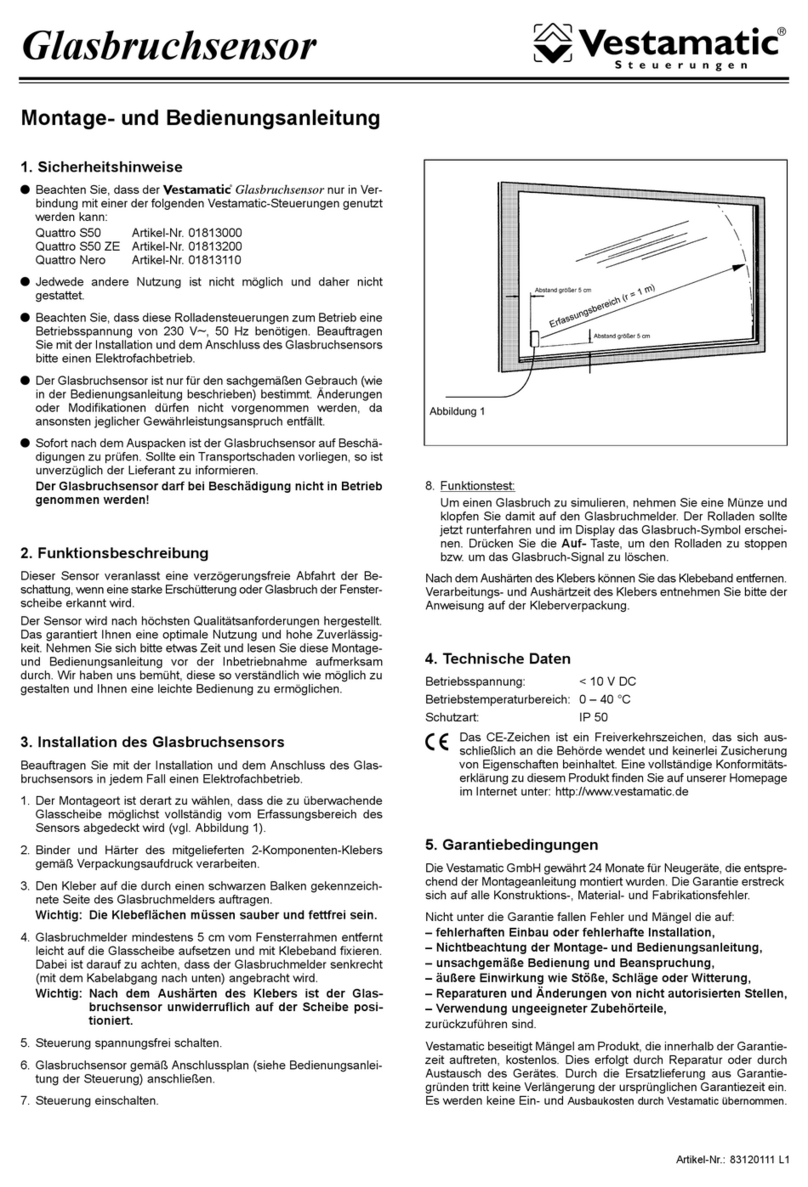
Vestamatic
Vestamatic Quattro S50 Installation and operating instructions
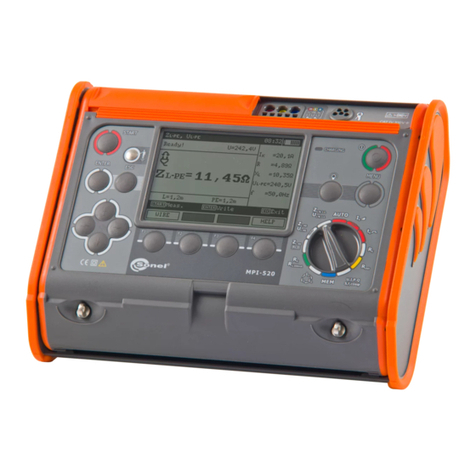
Sonel
Sonel MPI-520 operating manual
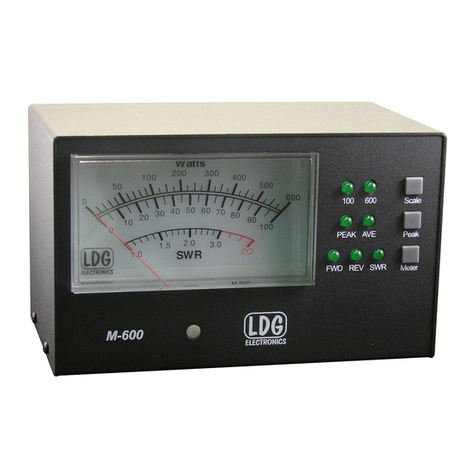
LDG
LDG M-600 Operation manual

